Gwrych Castle: The astonishing fantasy castle saved by the dreams and bravery of a 12-year-old boy
A campaign to save Gwrych Castle was started decades ago by a 12-year-old, now Dr Mark Baker, and the end of his knight's quest looks closer than ever.
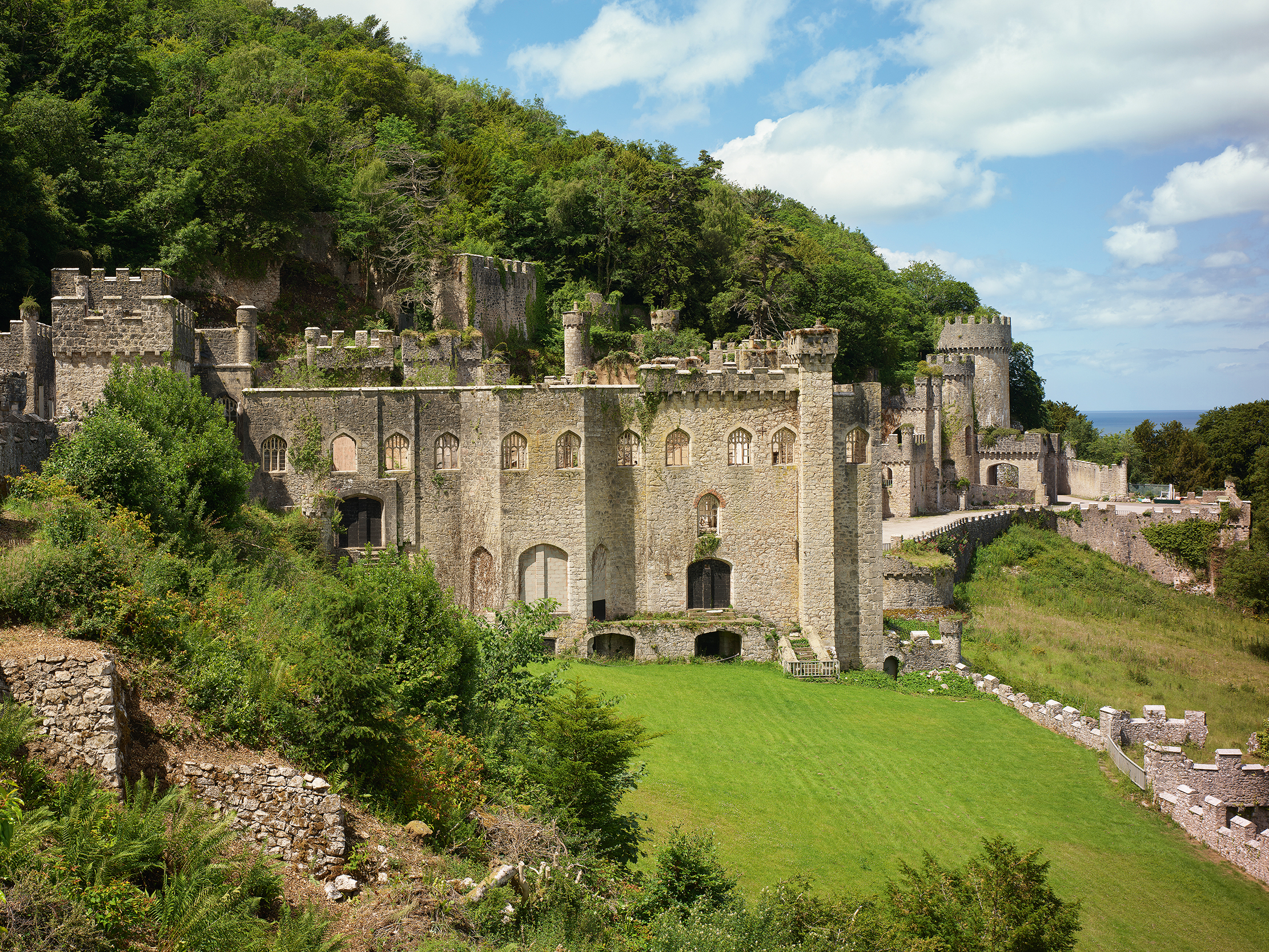
The first six months of 1819 saw the start of two stupendous construction projects in North Wales. The first was Thomas Telford’s pioneering span over the Menai Straits, the world’s first great suspension bridge. It created a fast connection between London and Dublin via Holyhead after the Act of Union. The second, Gwrych Castle, was an answer to what Welsh patriots have described as ‘those magnificent badges of our subjection’, the great castles built by Edward I in the late 13th century that included nearby Beaumaris, Caernarfon and Conwy. It was a romantic evocation of the earlier and golden age that Edward I overthrew, that of the native Welsh princes of pre-conquest Wales.
The new castle’s young builder, Lloyd Hesketh Bamford Hesketh, born in 1788, was largely his own architect. As early as 1809, he designed a fantasy castle and, in 1813, commissioned Charles Augustus Busby to design a castellated country house, in the Picturesque manner of Humphry Repton. Between 1814 and 1815, he visited France and Italy, then Egypt, in search of inspiration. On his return, having inherited in 1815, he saw his mission anew: to build a monument to his Welsh mother and her ancestors, the Lloyds of Gwrych. Her family’s ancestral seat in Abergele, then an ancient, rambling house, had been recently damaged by fire and was ripe for rebuilding.
Bamford Hesketh surveyed medieval castles across north Wales, including Rhuddlan, Ewloe, Dolbadarn and Dolwyddelan, taking measurements and examining their construction. He next turned to Thomas Rickman in Liverpool, best known for defining the phases of English Gothic architecture. Rick-man wrote in his diary on February 27, 1816: ‘Today a Mr Hesketh of Gwrych Abergele call’d to see my drawings with which he seemed pleased — he talks of building a castle.’
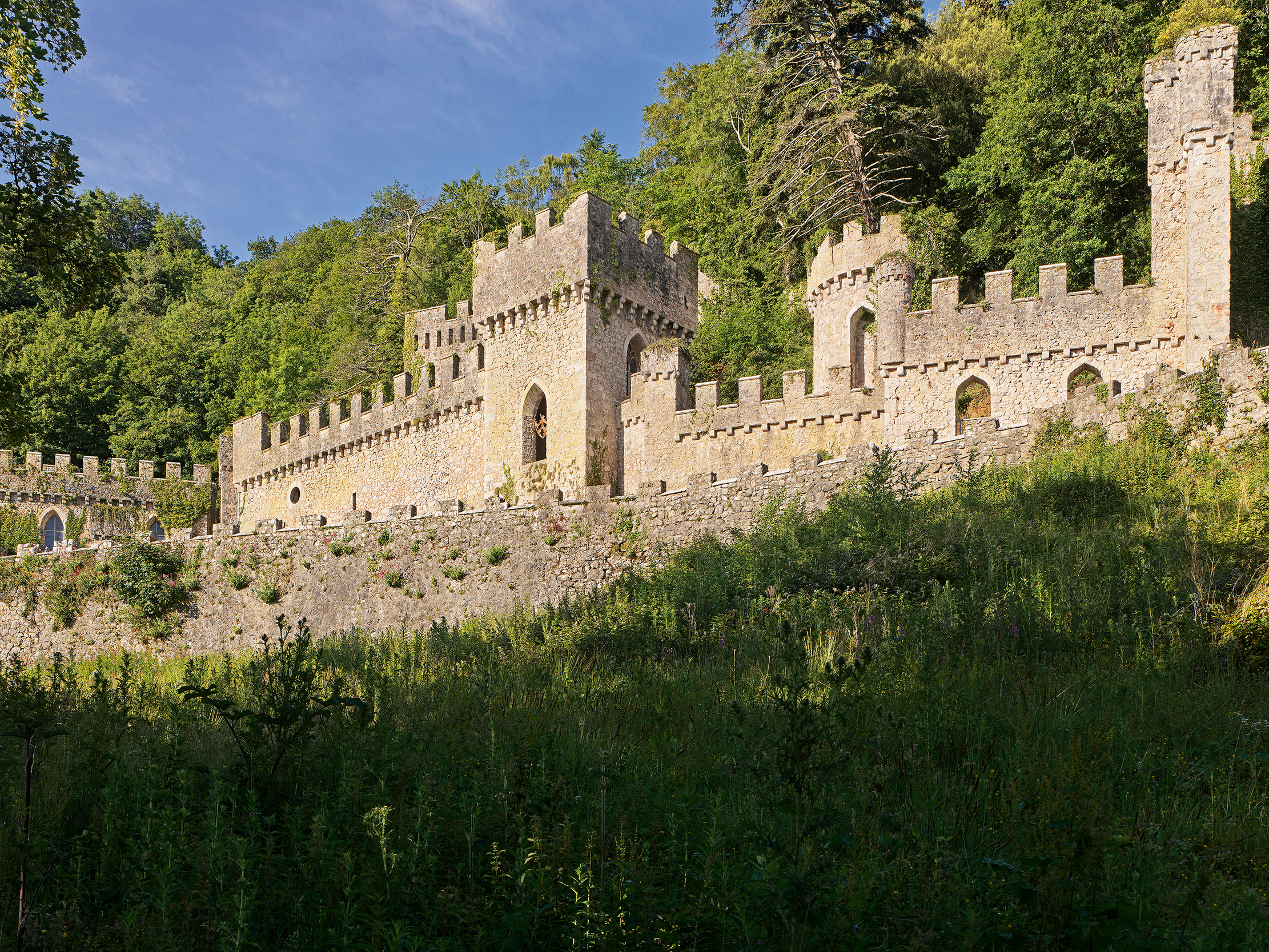
On July 4, 1816, Rickman prepared two designs for Gwrych Castle. He recommended cast iron for creating realistic mullions at a fraction of the cost of stone, adding that stained glass ‘has usually a very good effect on fine pictures giving a great richness to them’.
From Rickman’s drawings, Bamford Hesketh chose a variety of details, essentially in the Perpendicular style, for windows made of cast iron and coloured to look like Gwespyr sandstone. John Cragg of the Mersey Iron Foundry corresponded at length with the castle’s owner about the finer details of construction and their shipment by boat to Abergele. The stained glass evoked the descent of the Lloyds from the Royal and Noble Tribes of North Wales, as well as the arms of Bamford and Hesketh. Cragg wittily refers to the workmen at the castle as bugs (joiners) and mice (plasterers) ‘there’s no getting them out of the house!’ he wrote.
In successive drawings by Rickman and Bamford Hesketh, the design evolved from Busby’s long, low, castellated Regency country house into a composition of battlemented walls, towers and turrets nearly 1,500ft long, with a keep-like mansion at the centre. Rickman’s diaries show that the books of the elder Pugin and Robert Lugar were also consulted, with Rickman contributing designs for furniture. A schematic drawing of about 1820, by Bamford Hesketh, shows a picture hang for the dining room, with a portrait of Charles II above a chimney-piece carved with trefoil tracery. George Bullock and the Craces also helped furnish the interiors and Bamford Hesketh commissioned Sir William Beechey to paint a set of six portraits of himself, father and siblings.
Bamford Hesketh records that works for the principal tower began on June 13, 1819, when the official foundation was laid, and the main block was substantially complete by 1822, when John Edwards, clerk of works, affixed a plaque in the shape of a shield to the Ice Tower.
Exquisite houses, the beauty of Nature, and how to get the most from your life, straight to your inbox.
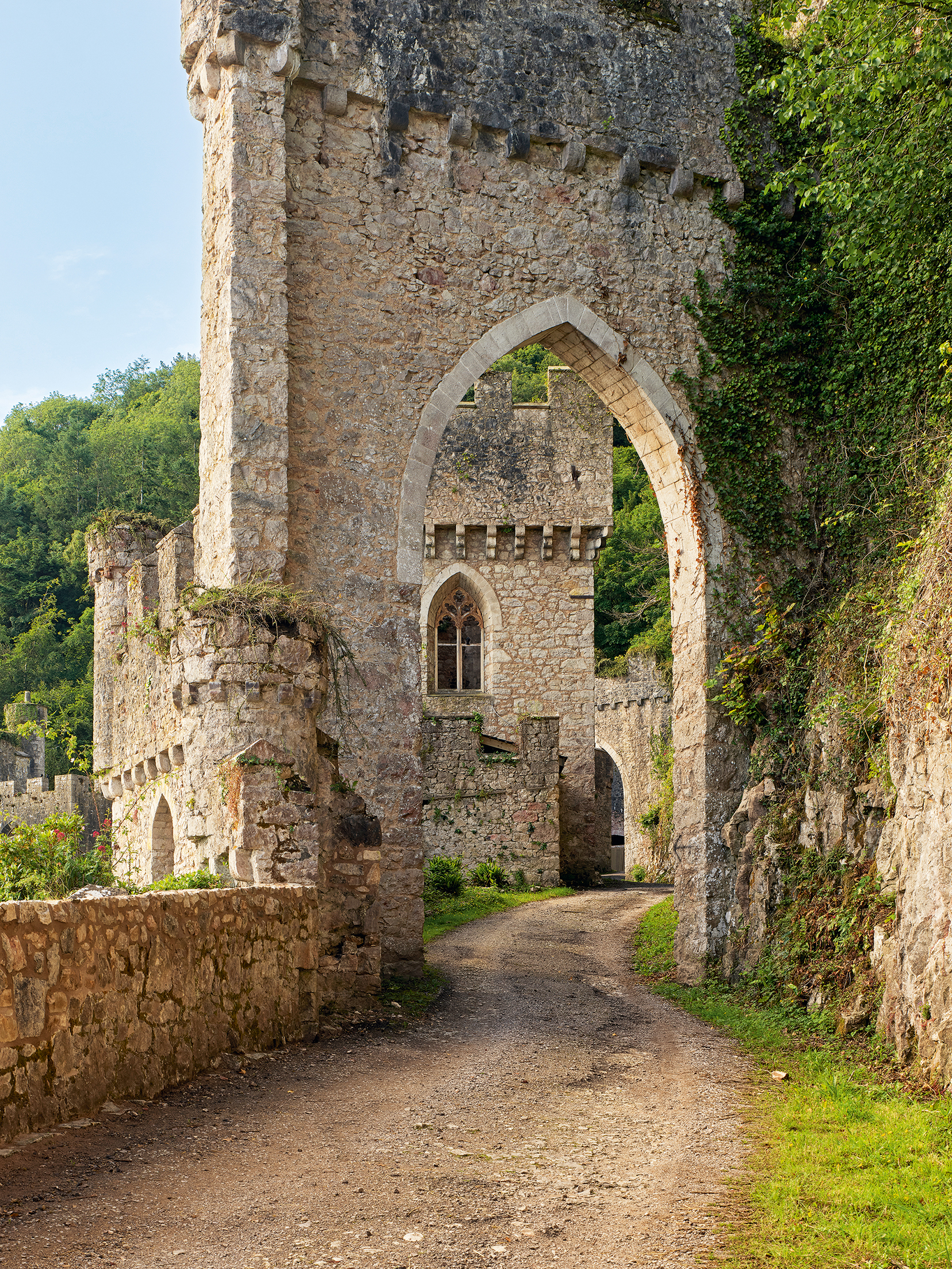
In the year work began, Bamford Hesketh’s sister, Ellen, married Sir James Robertson-Bruce, 2nd Bt, of Downhill, Co Londonderry, and the landscape of Downhill, created by Frederick, 4th Earl of Bristol, was influential on Gwrych Castle.
Over the next 35 years, the castle’s ambitious owner continued to add several miles of park walls, five gate lodges, a banqueting tower and a beach house, all connected by myriad walks. At the castle, he created terraced gardens, towers and turrets, 18 in all, placed for Picturesque effect and many of them now shells. Tallest is the 100ft-high Hesketh Tower, approached by an external battlemented wall walk.
The domestic offices were in the basement, where the housekeeper had a large room with an outlook into the garden and doors opening direct into the kitchen and the store room. The rather narrow butler’s room had its own door into the pantry, where the silver would have been stored. The maids slept communally beside the housekeeper’s room, so she could hear the comings and goings, and the footmen were banished to the end of the basement corridor. A coach house was built behind the main block of the castle.
In 1825, Bamford Hesketh married Lady Emily Lygon, youngest daughter of the 1st Earl of Beauchamp, of Madresfield Court, Worcestershire. He continued to add to the castle until his death in 1861, when his heir, Robert, with his wife, Ellen, and their daughter, Winifred, took up residence. Robert served in the Life Guards and was a keen yachtsman, frequently sailing around the north Wales coast and down to the Mediterranean. He became bored with his devout wife, claiming she ‘is for religion, I’m for gaiety’.
Bamford Hesketh Jnr’s infidelities fired his wife’s good works, which included building a school and schoolmaster’s house at Llanddulas in 1868, followed by a new church at St Cynbryd’s by George Edmund Street, built of limestone from the Gwrych estate quarries. Street built her another school at Abergele in 1870, followed by a remodelling of St Cynfran’s at Llysfaen the following year and St Mary’s Church (with saddleback tower) at Towyn. Street designed the family chapel at Gwrych Castle in 1870, too.
The marriage united the Heskeths with the Jones-Batemans, whose 16th-century manor house, Pentre Mawr, was situated a little over two miles from Gwrych Castle. The Jones-Batemans were early patrons of the great 18th-century artist Richard Wilson and were related to Sir Isaac Newton. The union between the houses of Gwrych and Pentre Mawr also created a bastion to the fast-growing Kinmel estate, which was enriched by a fortune from copper mining.
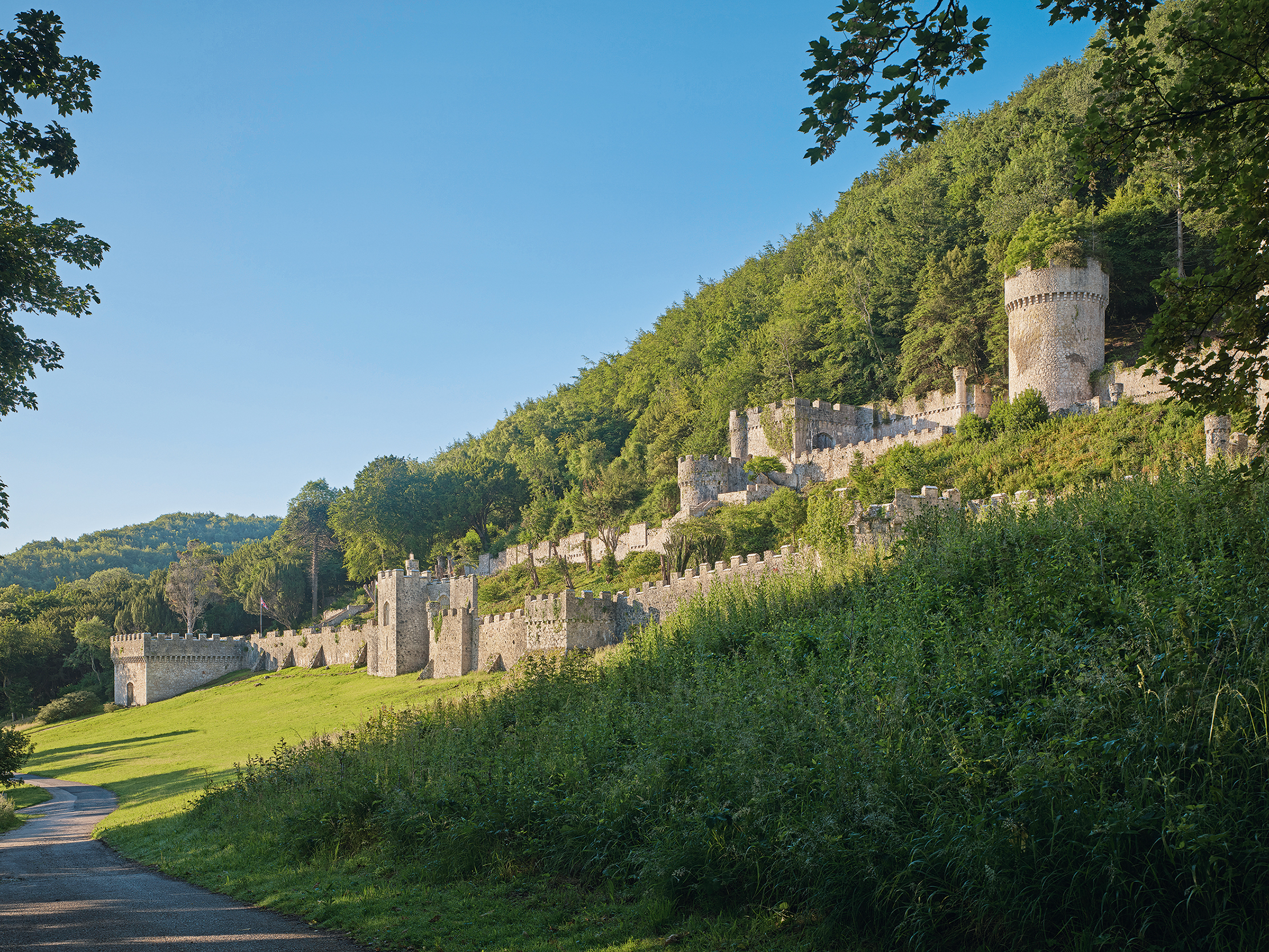
Following Bamford Hesketh’s death in 1894, the estate passed to his sole heir, Winifred, now Countess of Dundonald. In 1878, she had married the future 12th Earl of Dundonald, grandson of Admiral Lord Cochrane (an inspiration for C. S. Forester’s hero Hornblower), who had repeatedly quarrelled with the Admiralty and ended his career as founder of the Chilean navy.
The Countess ran her vast estates herself with the help of an agent, leaving her husband, who also served in the Life Guards and then as a courtier to Edward VII and George V, to his Scottish properties and military duties around the world. She took great interest in Welsh affairs, organising archaeological excavations and becoming a prominent advocate of the disestablishment of the Church in Wales. She was even a poet and a Welsh speaker, being inducted as a bard at the National Eisteddfod of 1910, where she took the bardic name of the Celtic goddess Rhiannon.
The couple moved in grand circles and the Earl’s younger brother, Baron Cochrane of Cults, of Crawford Priory, Fife, fostered a friendship between David Lloyd George and the Countess. Her estates spread across north Wales into Cheshire and beyond, which made her a neighbour of the 2nd Duke of Westminster — this led her to employ the Duke’s favourite architect, Detmar Blow.
Blow made detailed survey drawings of the castle (now in the RIBA collection), in a prelude to creating a much grander house complete with a state bedroom intended for a royal visit. In the 1840s, Bamford Hesketh had made a private entrance at the top of the castle, close to the coach house, which demanded that the family walk past guest bedrooms, a social awkwardness.
Blow’s masterstroke was to create an immensely grand broad marble staircase descending in a straight flight of 52 steps from this to the original entrance hall. This was the north Wales counterpart of Bernini’s Scala Regia in the Vatican, Italy, and also served as a picture gallery of ancestors. At the top was a vast stained-glass window bigger than any of Rickman’s, but following his design in wood and cast iron (although painted to look like stone).
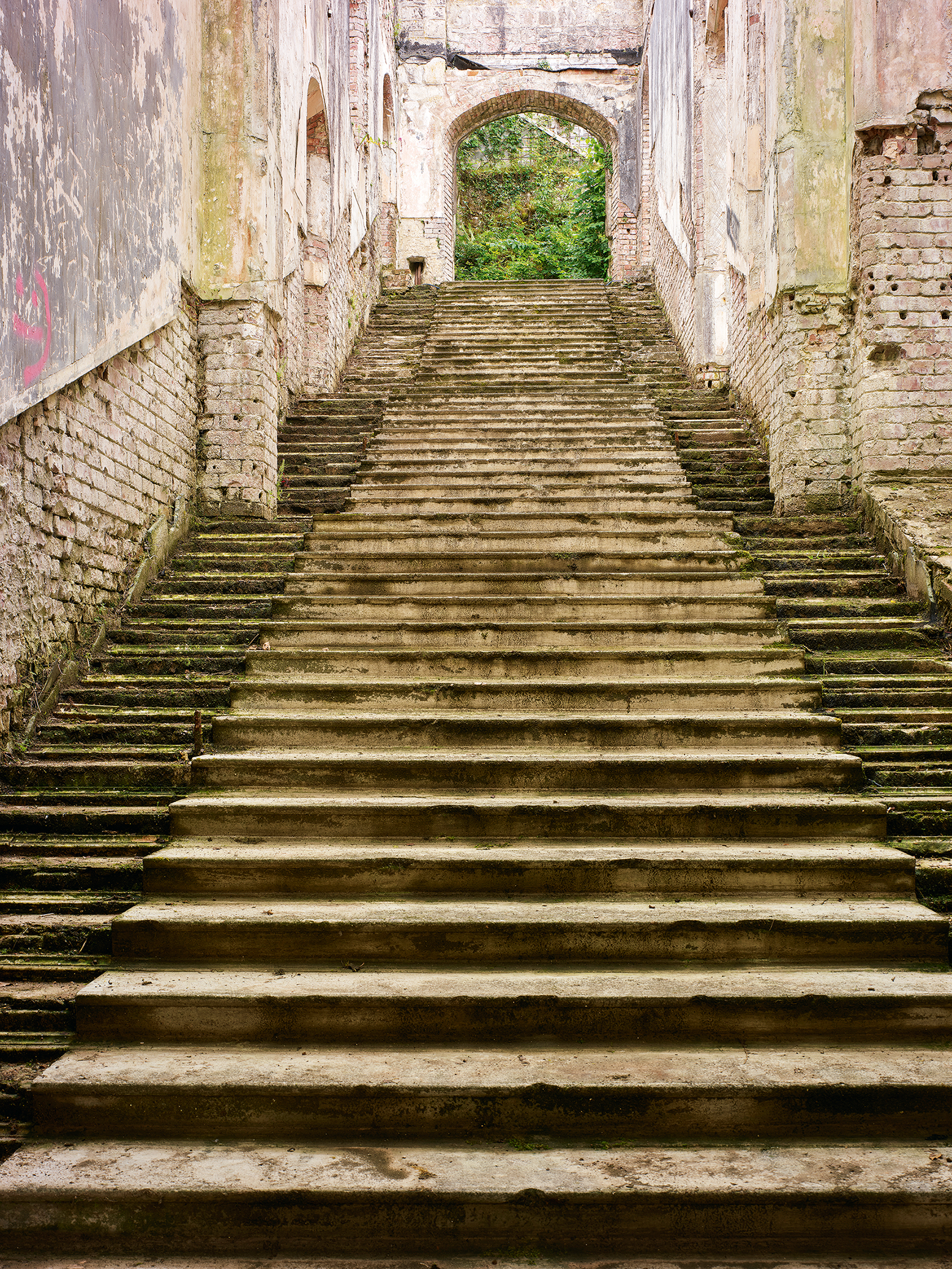
Queen Mary and George V visited the Countess’s 60-bed military hospital in Eaton Square, London SW1, in 1916 and, in 1923, the Prince of Wales (the future Edward VIII) visited Gwrych Castle. A year later, the Countess died suddenly from heart failure in 1924, leaving the estate to the King and the Prince. Her husband, it appeared, played a role in discouraging acceptance of the gift, describing the costly problems of maintaining the long park walls.
The castle passed instead to the Church in Wales. In a surprise turn, the Earl bought it back for £70,000, claiming that his wife had gone mad. Their children were distraught and the eldest daughter, Lady Grizel Hamilton, recalled her father saying ‘no member of the family should live there again’. None did.
Another daughter, Lady Jean Hervey, wife of the 5th Marquess of Bristol, managed to save some of her mother’s art before the castle’s contents were sold in 1928. The sale went badly due to the economic climate at the time and the majority of the collection remained intact.
For a decade, the castle stood empty, until 200 Jewish children rescued by Operation Kindertransport arrived in 1939. Miriam Sperber, who, with her rabbi husband, looked after the children, wrote in her autobiography Grandmother’s Tales ‘the rooms and large halls were empty of furniture’, the 13th Earl of Dundonald having stored all of the remaining Gwrych Castle collections in three rooms and within several outbuildings for safekeeping. As there were no curtains, all the windows were painted black to comply with the blackout. The rooms were lit by small kerosene lamps carried from place to place because there was no power.
The Gwrych estate was sold by the 13th Earl in 1946 to Robert Rennie for £12,000 and the castle took on a new role as a visitor attraction in 1948, when it was bought by Leslie Salts. Described as the ‘Showplace of Wales’, it attracted nearly 10 million visitors and employed 200 people. The famous boxer Randolph Turpin (son of a Guyanan who came to Britain to fight in the First World War) trained here, attracting huge crowds, but Salts sold the castle in 1968 and decline set in.
The Knights of Gwrych Castle, created as an entertainment troupe with jousting and medieval banquets, failed to keep on top of roof repairs, and, in 1989, the castle was sold to American businessman Nick Tavaglione for £750,000.
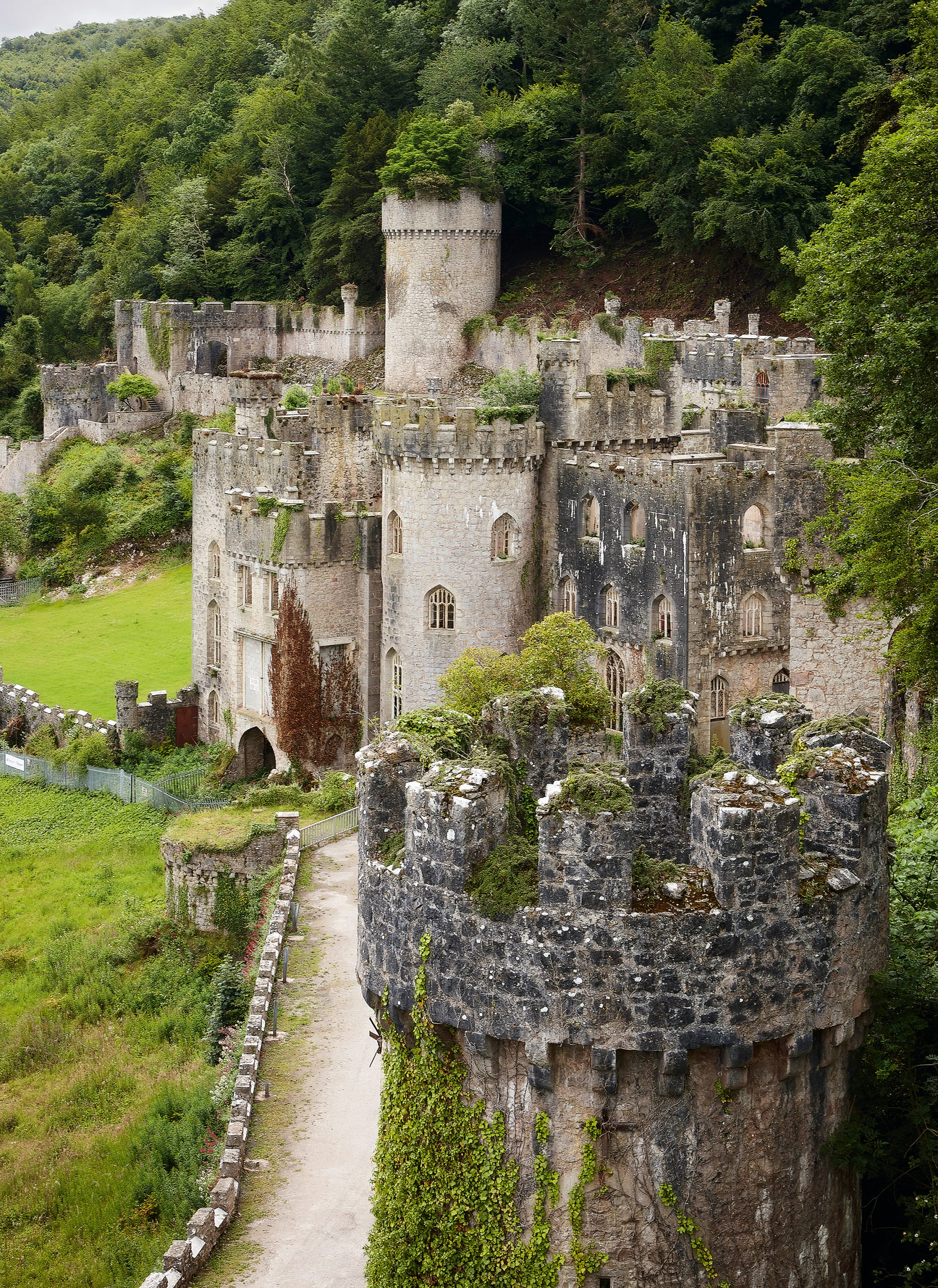
Ambitious plans to restore the castle never progressed and it became the target of arson, vandalism and looting. When the caretaker left in 1994, the grounds were taken over by New Age Travellers, who sold off fittings, including fireplaces and stained glass, and stripped the slates and lead from the roof. Following their departure, vandalism continued as battlements were toppled from the towers.
In 1997, the Gwrych Castle Preservation Trust was bravely founded by the 12-year-old Mark Baker, who had watched the castle’s pitiful decay on his way to school. With support from SAVE Britain’s Heritage and others, he fought off successive damaging proposals for building in the grounds. Finally, he secured a lease that allowed the trust to replant the terrace garden and welcome visitors.
When it was announced the castle and 250 acres would be auctioned in 2018, risking sale to yet another speculator, Dr Baker’s trust was able to buy Gwrych Castle, supported by a £600,000 emergency grant from the National Heritage Memorial Fund and help from the Richard Broyd Charitable Trust (which had rescued nearby Bodysgallen Hall and turned it into an immaculate hotel).
In the autumn of 2020, a further boost came along: the producers of ITV's I'm a Celebrity Get Me Out of Here chose the castle as the location for their annual show, providing a timely cash boost and raising the castle's profile even more. The story isn't yet over, however: Dr Baker’s heroic battle will enter a new phase when Gwrych Castle's long-awaited repairs begin.
Gwrych Castle, Abergele, Conwy, is open now, while The Beach House, Ty Crwn, is available as a holiday let — see www.gwrychcastle.co.uk

Credit: Chris Curl
A beautifully restored Regency castle, standing proudly over the wetlands and estuaries of West Wales
Glandyfi Castle is a John Nash style Gothic Regency country home, skillfully restored in a fairytale location. Penny Churchill reports.
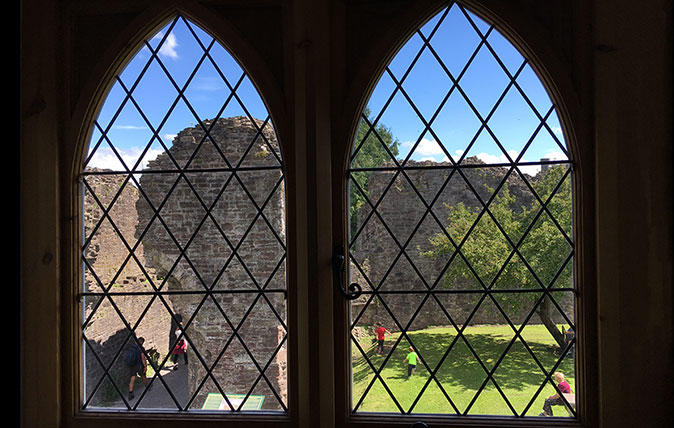
The Angel Hotel review: A heavenly place to stay in Abergavenny
One of Wales's loveliest small towns has one of its loveliest small hotels – and they even have an option for
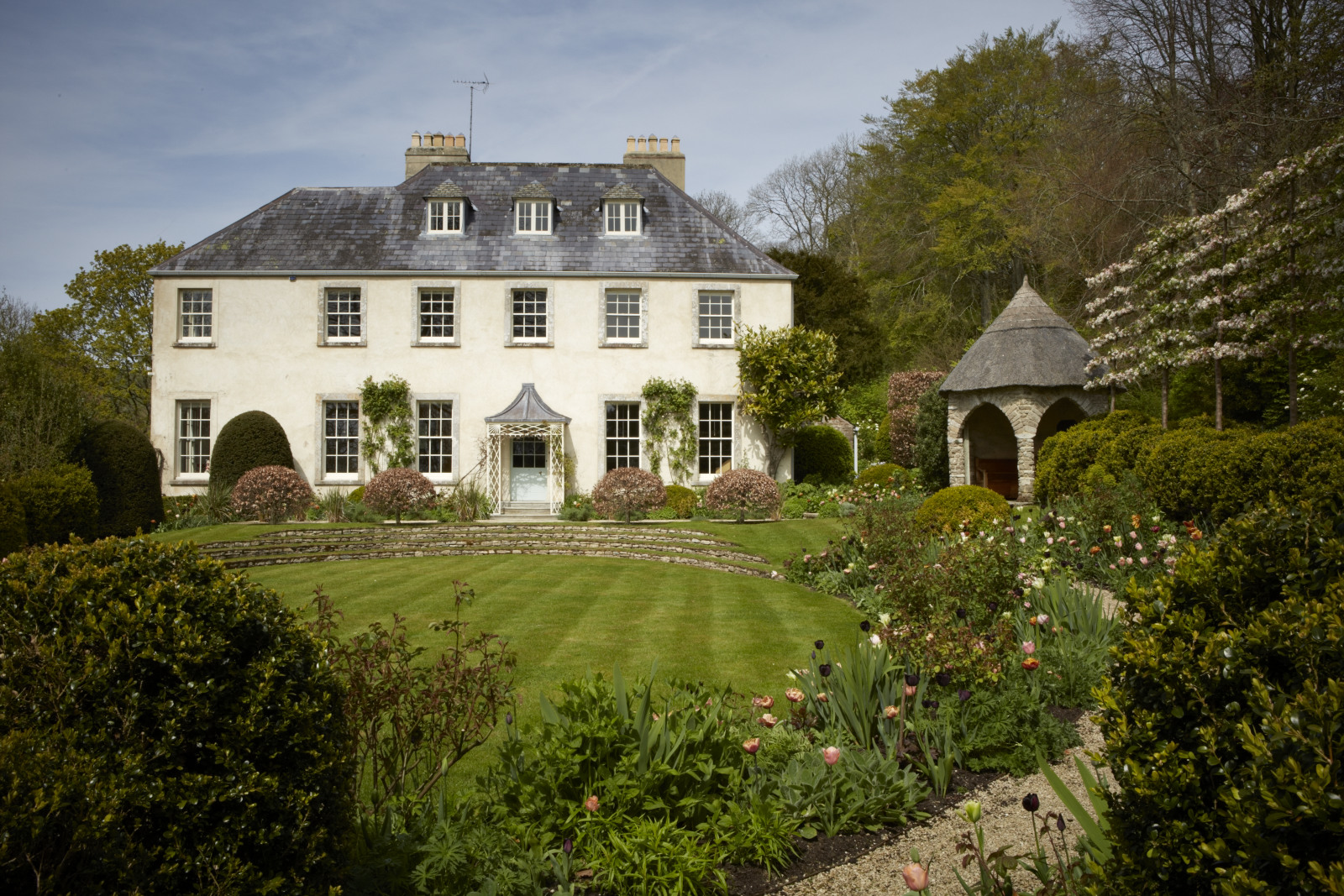
The gardens at the Old Rectory in Litton Cheney, where formal and informal come together in harmony
The Old Rectory in Litton Cheney, Dorset has four acres of gardens with many and varying elements, all drawn beautifully

Credit: Getty Images
Curious Questions: Why do we say it with flowers?
Post-Valentine's Day, Martin Fone takes a look at the true meaning behind flowers, decoding what each individual bloom says about